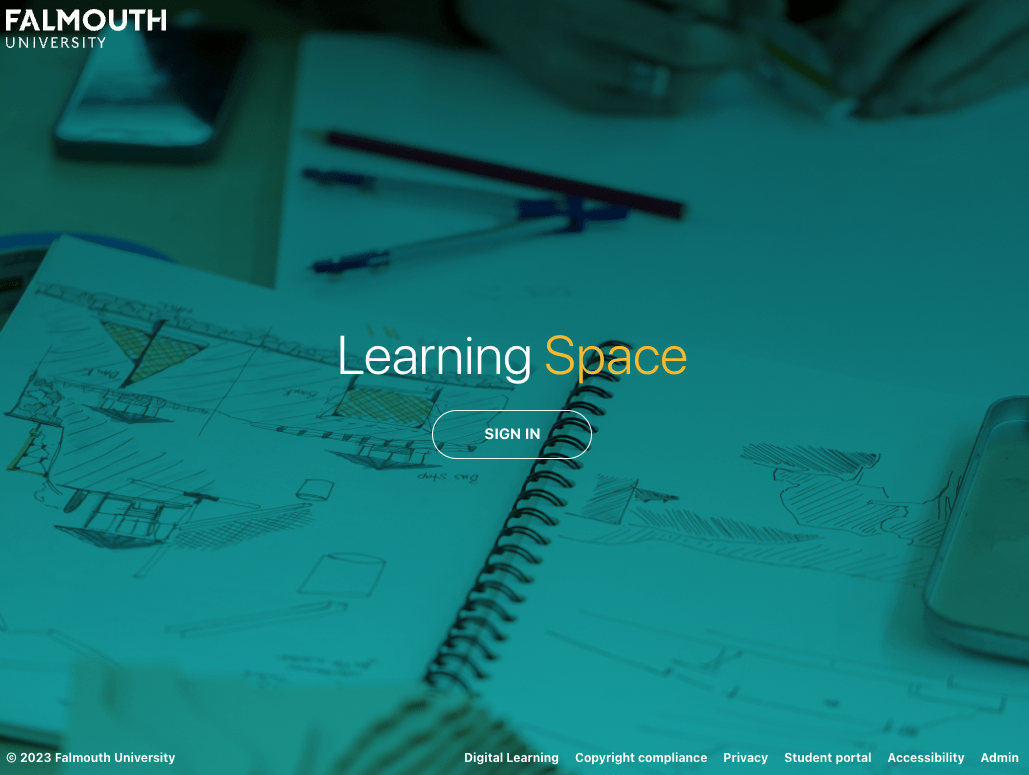Learning Space Tips & Tricks
It’s been great getting feedback on the new Learning Space design since we upgraded on the 4th. We’ve been taking on board any feedback and answering questions where they’ve arisen. As a result we figured it could be useful to share some tips and tricks. Customising your view of modules Following the recent upgrade to … Continue reading “Learning Space Tips & Tricks”

